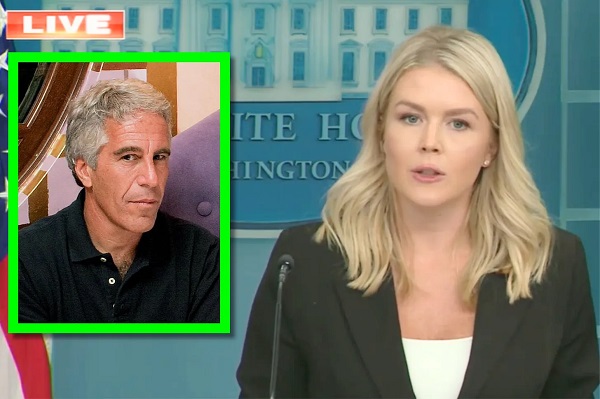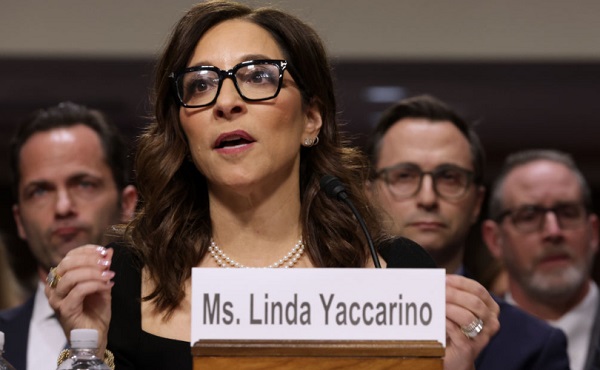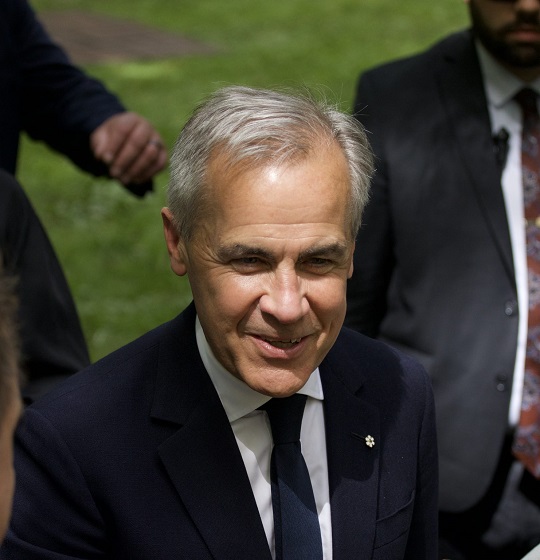MAiD
Over 40% of people euthanized in Ontario lived in poorest parts of the province: government data
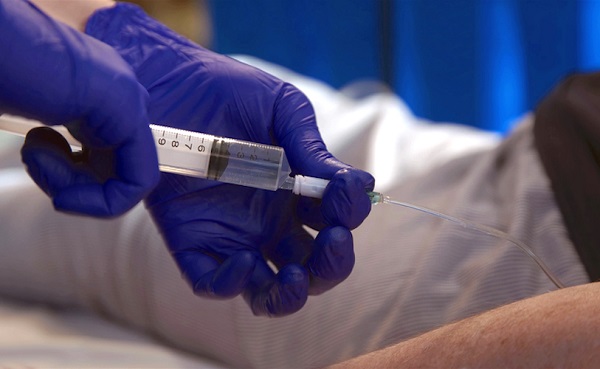
From LifeSiteNews
Statistics from the Ontario Coroner’s Medical Assistance in Dying Death Review Committee show that citizens living in the poorest areas of the province are significantly overrepresented in euthanasia death figures.
Statistics from the Ontario Coroner’s Medical Assistance in Dying (MAiD) Death Review Committee show that citizens living in impoverished areas are killed by euthanasia at a disproportionate rate.
According to the report, over 40 percent of those euthanized in Ontario live in the poorest parts of the province despite the fact that other reports say only 20 percent of the population lives in these regions, suggesting Ontario’s poorest are more likely to opt for euthanasia than the financially secure.
The report divides the cases into Track 1 euthanasia deaths (euthanasia given to those whose death is reasonably foreseeable) and Track 2 deaths (euthanasia given to those whose death is not reasonably foreseeable). 41% of Track 1 deaths and 48% of Track 2 deaths were of people living in Ontario’s poorest neighborhoods.
However, when accounting for “age and labour-force participation” as “measures of disadvantage,” the Death Review Committee report found that 57% of Track 2 requests came from the poorest in society, while 42% of Track 1 requests were from the same sector.
Interestingly, or perhaps alarmingly, this statistic is not found in other counties, as data from the Netherlands and Oregon found “death under the (Oregon Death with Dignity Act) was associated with having health insurance and with high educational status, both indirect indicators of affluence.”
A culture of death and eugenics
However, in Canada, poverty has become a driving factor among those who end their lives via MAiD. Indeed, the Death Review Committee report is only the latest document to confirm the growing number of Canadians choosing to end their lives, at least in part, because they are poor.
First introduced in 2016, MAiD was initially only available to those who were terminally ill. However, in 2021, Prime Minister Justin Trudeau’s government expanded the deadly practice to be available to those who are not at risk of death but who suffer from chronic illness.
Now, Trudeau’s euthanasia regime has apparently created a culture of death and eugenics in Canada as poor or suffering Canadians increasingly feel that their lives are worthless, and they are a burden to society.
In one case, a Nova Scotia grandmother revealed that doctors repeatedly offered her euthanasia while she underwent cancer treatment, making her feel as though she was “better off dead.”
“I felt like a problem that needed to be [gotten] rid of instead of a patient in need of treatment,” she said. “I don’t want to be asked if I want to die.”
Similarly, in May, LifeSiteNews reported on a Canadian man who felt “completely traumatized” and violated that he was offered MAiD “multiple times” instead of getting the proper care he needed while in the hospital.
Additionally, last month, internal documents found that poverty and loneliness are two popular reasons Canadians are choosing euthanasia, which has left doctors feeling uneasy about the morality of the deadly practice.
Healthcare wait times have ballooned nationwide under the Trudeau government, with the average wait hitting an all-time high of 27.7 weeks.
While access to real care continues to be limited, Trudeau and his government have instead worked to expand MAiD thirteen-fold since it was legalized, making it the fastest growing euthanasia program in the world.
The most recent reports show that MAiD is the sixth highest cause of death in Canada. However, it was not listed as such in Statistics Canada’s top 10 leading causes of death from 2019 to 2022.
When asked why MAiD was left off the list, the agency said that it records the illnesses that led Canadians to choose to end their lives via euthanasia, not the actual cause of death, as the primary cause of death.
According to Health Canada, in 2022, 13,241 Canadians died by MAiD lethal injections. This accounts for 4.1 percent of all deaths in the country for that year, a 31.2 percent increase from 2021.
MAiD
Canada’s euthanasia regime is already killing the disabled. It’s about to get worse

From LifeSiteNews
Even the UN has described Canada’s assisted suicide program as ‘state-sponsored eugenics’ and called upon the government to curtail plans to expand euthanasia access.
In Canada, we kill the disabled. Over 90 percent of babies diagnosed with Down syndrome in the womb are aborted; pre-born children diagnosed with other disabilities usually meet the same fate. But for decades, our Nazi-style lethal ableism was limited to those not yet born.
With the expansion of euthanasia eligibility to those suffering solely from disability or mental illness scheduled to come into effect in 2027, that is slated to change. Disability groups have been nearly unanimous in their condemnation of this plan, which has been delayed twice by the Liberal government due to pushback from across Canadian society – but not cancelled entirely.
Even the United Nations Committee on the Rights of Persons with Disabilities, examining Canada’s compliance with the U.N. Conventions on the Rights of Persons with Disabilities earlier this year, concluded that Canada was embarking on “state-sponsored eugenics” and called on the Canadian government to scrap these plans and roll back the expanding euthanasia regime. The disability rights group Inclusion Canada, as well as several others, had written to the body to sound the alarm about Canada’s euthanasia policies.
Canadians with physical disabilities have been attempting to get the government’s attention for years, with stories of those who seeking euthanasia because they cannot get the support or care they need periodically dominating international headlines. (This ugly reality is best encapsulated in a famous cartoon showing stairs leading to a healthcare provider, with the only wheelchair ramp leading to “euthanasia.”) These stories have not yet been heeded by the government.
A story recently posted to X by Samantha Smith, a victim advocate and survivor of the grooming and rape gangs in the U.K., highlights Canada’s grim slippery slope. It is worth reading in full:
A family member of mine is a nurse in Canada. They performed several assisted dying procedures at the care home they worked at, before refusing to continue. In one case, the family of a mentally disabled man decided they wanted him to be euthanised. He didn’t want to die. But my family member was legally forced to end his life. They held his hand while he told them “I’m hungry” and “I’m thirsty.”
That poor man didn’t understand what was happening to him as he was pumped full of medication that would end his life, and my family member wept for the soul that was being lost unnecessarily. He wasn’t terminally ill. He wasn’t particularly old. He wasn’t dying. He didn’t want to die. But he didn’t have a choice. Because his life was deemed dispensable by his family, and the Government gave them the power to end his life regardless of his needs or wishes.
And when my family member told their workplace that they couldn’t continue performing these procedures – that their conscience wouldn’t allow it – they were told that it was their “legal duty” as a nurse. They still refused. But not everyone will have the moral fibre or bravery of my family member.
The road to hell is paved with good intentions, and this is exactly what the Assisted Dying Bill opens the door to. It starts with “choice” and “dignity.” But suicide isn’t only done “when the patient wants it.” And the countries where it is already legalised have shown us the grim reality. In the Netherlands, 40% of euthanasia deaths occur without patient consent. In Canada, it has been offered to Paralympians who only asked for a mobility aid. If it can happen there; it will happen here. People will be killed against their will.
When asked for public corroboration, Smith stated: “No, my family member will not ‘go public.’ Yes, I trust his testimony. No, he is not a horrible, awful person. Yes, this is really happening. The black letter law vs. the grim reality are two very different things. Just because the law was supposed to protect against coercion or non-consenting procedures … doesn’t mean it is.”
I wish I didn’t believe her, but I do. I believe her because euthanasia providers have ended the lives of people like Alan Nichols, who was taken to the hospital by family members after a psychiatric episode and euthanized days later. I believe her because leaked documents show that Ontario’s euthanasia providers have tracked 428 cases of possible criminal violations without a single case being referred to law enforcement. I believe her because Canada’s medical establishment already embraces lethal ableism, and our government does too.
Canada is already killing those with disability or mental illness; thus far, euthanasia practitioners are forced to come up with other reasons for doing so (the written reason for Alan Nichols’ lethal injection was “hearing loss”). But once eligibility requirements are expanded in 2027, the floodgates will open. There is still time to stop this expansion, and we must doing everything we can to do so. The lives of people with disabilities depend on it.
MAiD
Canada’s euthanasia regime is not health care, but a death machine for the unwanted

From LifeSiteNews
After ten years of assisted suicide, Canada has become synonymous with grim stories of death by lethal injection, with the regime’s net growing ever wider.
When Justin Trudeau took power in 2015, he announced that Canada was back and that his election was a harbinger of “sunny ways” and a new era for the country.
It was a new era, alright, but the ways turned out not to be sunny. In his ten years in office, over 60,000 Canadians were euthanized under the regime that his government brought in, and overnight, Canada became an international cautionary tale.
International headlines highlighted the grim story of Canada, where people were getting lethal injections because they were disabled; because they couldn’t get cancer treatment; because they were veterans with PTSD. As the U.K.’s Spectator asked in a chilling 2022 headline: “Why is Canada euthanizing the poor?”
READ: New Conservative bill would ban expansion of euthanasia to Canadians suffering mental illness
Indeed, in the United Kingdom – where Labour MP Kim Leadbeater’s dystopian assisted suicide bill passed last week – Canada was seen as so objectively horrifying that euthanasia advocates insisted that comparisons to their Commonwealth neighbor constituted fearmongering. Leadbeater, in fact, stated that her bill is “worlds apart” from Canada’s euthanasia regime. Anyone advocating for euthanasia must now reckon with Canada, which highlights how short and slick the slope really is.
Earlier this month, the New York state legislature also passed a bill legalizing assisted suicide; assisted suicide laws are also being considered in Maryland and Illinois. On June 14, the New York Times published a powerful op-ed by Ross Douthat titled “Why the Euthanasia Slope Is Slippery.” As is now standard in the international press, Canada’s euthanasia regime came up.
“A few days before the vote, my colleague Katie Engelhart published a report on the expansive laws allowing ‘medical assistance in dying’ in Canada,” Douthat wrote, “which were widened in 2021 to allow assisted suicide for people without a terminal illness, detailing how they worked in the specific case of Paula Ritchie, a chronically ill Canadian euthanized at her own request.”
“Many people who support assisted suicide in terminal cases have qualms about the Canadian system,” Douthat continued. “So it’s worth thinking about what makes a terminal-illness-only approach to euthanasia unstable, and why the logic of what New York is doing points in a Canadian direction even if the journey may not be immediate or direct.”
Notice, here, that a columnist can refer to the “Canadian direction” with the assumption that everybody recognizes, without question, that this a particularly bad direction to be heading in. Even euthanasia advocates, while privately admiring the scale and efficiency of the Canadian killing fields, feel it necessary to distance themselves from Canada publicly.
Douthat noted that the Canadian example reveals why the slippery slope is inevitable; that people have essentially come to expect that doctors “always need to offer something,” and that when no further care or treatment is possible, that assisted suicide should be available. This logic “assumes that the dying have entered a unique zone where the normal promises of medicine can no longer be kept, a state of exception where it makes sense to license doctors to deliver death as a cure.” But Douthat observes:
The problem is that a situation where the doctor tells you that there’s nothing more to be done for you is not really exceptional at all. Every day, all kinds of people are told that their suffering has no medical solution: people with crippling injuries, people with congenital conditions and people … with an array of health problems whose etiology science does not even understand.
READ: Cardinal Dolan denounces New York assisted suicide bill as ‘cheapening of human life’
The logic of assisted suicide means that inevitably, eligibility will expand to all kinds of suffering.
“Suffering is general and not limited, the dying are not really a category unto themselves, and the case for a lethal solution will creep beyond the bounds you set,” Douthat concluded. “In the end, you can have a consensus that suicide is intrinsically wrong, that suffering should be endured to whatever end and that doctors shouldn’t kill you. Or you can have an opening to death that will be narrow only at the start – and in the end, a wide gate through which many, many people will be herded.”
How do we know? Well, Douthat writes, “The Canadian experience shows this clearly.” After ten years of sunny ways, “Canada” has become synonymous with grim stories of death by lethal injection.
-

 illegal immigration2 days ago
illegal immigration2 days agoICE raids California pot farm, uncovers illegal aliens and child labor
-
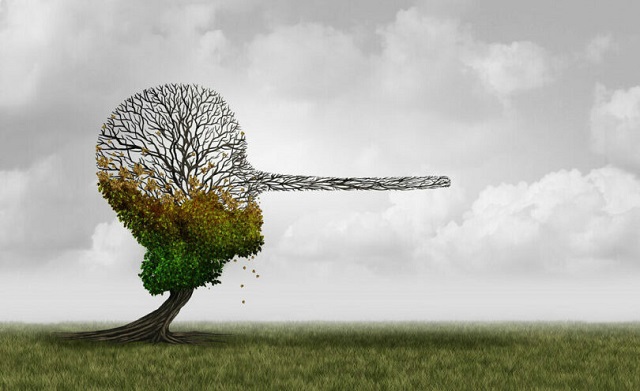
 Uncategorized14 hours ago
Uncategorized14 hours agoCNN’s Shock Climate Polling Data Reinforces Trump’s Energy Agenda
-

 Business1 day ago
Business1 day agoTrump to impose 30% tariff on EU, Mexico
-

 Energy1 day ago
Energy1 day agoLNG Export Marks Beginning Of Canadian Energy Independence
-
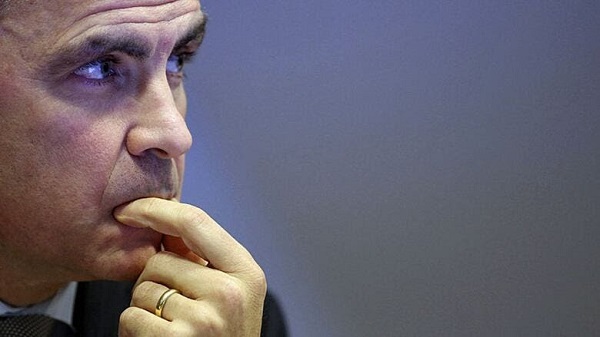
 Business1 day ago
Business1 day agoCarney government should apply lessons from 1990s in spending review
-

 Entertainment1 day ago
Entertainment1 day agoStudy finds 99% of late-night TV guests in 2025 have been liberal
-

 Frontier Centre for Public Policy14 hours ago
Frontier Centre for Public Policy14 hours agoCanada’s New Border Bill Spies On You, Not The Bad Guys
-
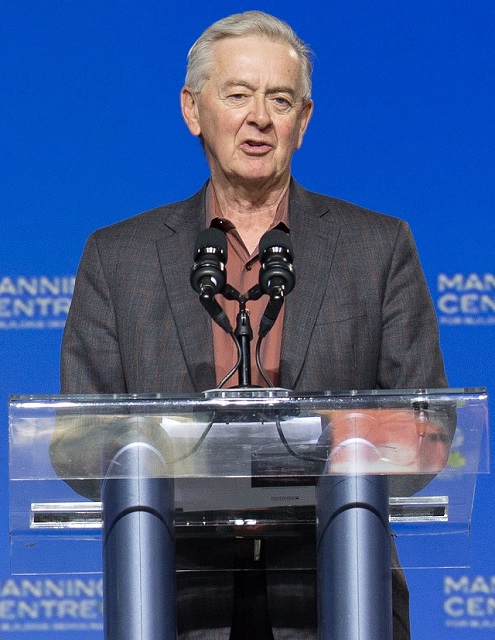
 Opinion6 hours ago
Opinion6 hours agoPreston Manning: Three Wise Men from the East, Again


